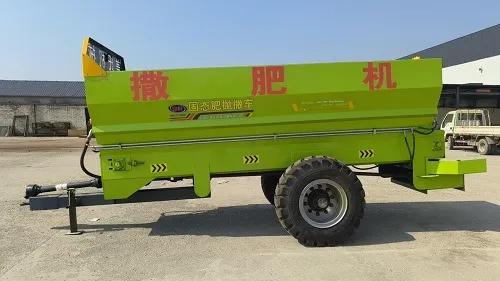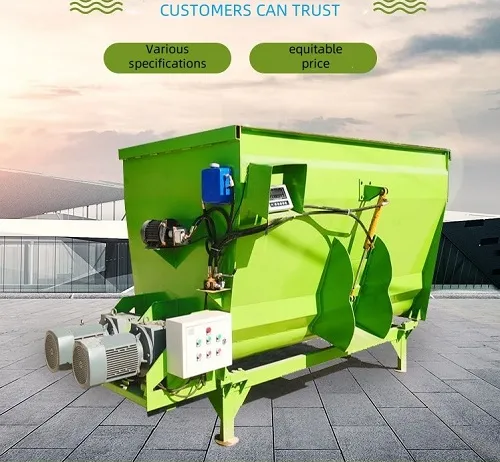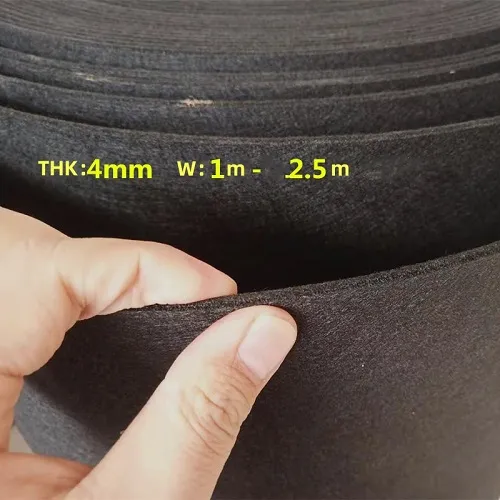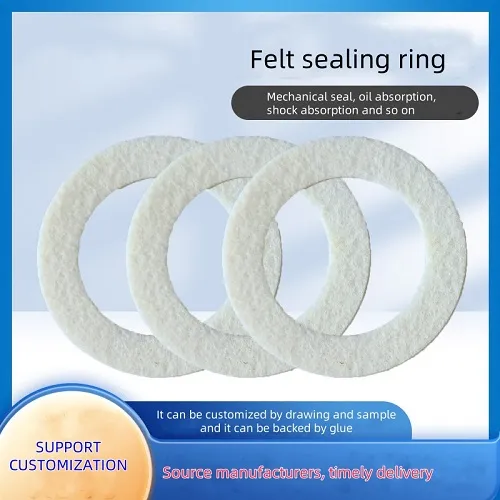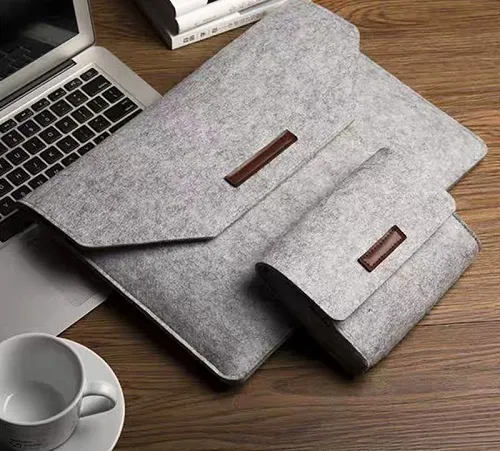Troubleshooting Wool Dryer Balls That Are Not Effectively Reducing Static Cling in Laundry
Understanding Why Wool Dryer Balls May Not Reduce Static Cling
Wool dryer balls have become increasingly popular as an eco-friendly alternative to traditional fabric softeners and dryer sheets. They promise to not only reduce drying time but also to minimize static cling in your laundry. However, many users report that they do not always see a significant reduction in static when using wool dryer balls. This article aims to explore the reasons behind this and offer guidance on how to achieve optimal results.
The Basics of Wool Dryer Balls
Wool dryer balls are made from 100% natural wool and work by bouncing around in the dryer, helping to separate clothes and improve air circulation. This movement can result in faster drying times and less wrinkling. However, the main selling point for many is their ability to reduce static electricity, which can often lead to clingy clothes and uncomfortable encounters with fabrics sticking together.
Why Static Cling Occurs
Static cling is caused by the friction between fabrics in the dryer. When clothes tumble against each other, they can develop a charge due to the transfer of electrons, leading to static buildup. Some fabrics, such as polyester and nylon, are more prone to static cling, while others, like cotton, typically discharge electricity more easily. Therefore, the fabric composition of your laundry plays a significant role in whether you will experience static cling.
The Role of Wool Dryer Balls
Wool dryer balls may not eliminate static cling entirely due to several factors. One primary issue lies in the composition of the fabrics being dried. If your load consists predominantly of synthetic fibers, the friction can still generate static, overpowering the static-reducing effects of the dryer balls.
Moreover, humidity levels in the air can greatly influence static buildup. Wool dryer balls work best in environments with a bit of moisture; dryer environments that are too dry are less conducive to static reduction. Therefore, in locations with low humidity, the effectiveness of wool dryer balls may be diminished.
wool dryer balls not reducing static
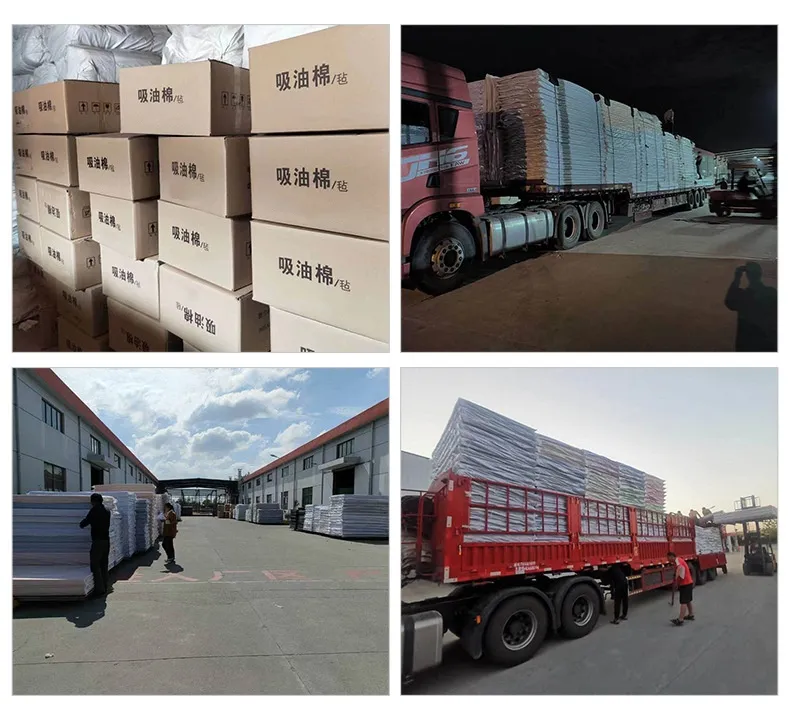
Best Practices for Reducing Static
To enhance the static-reducing capabilities of wool dryer balls, consider the following strategies
1. Add Moisture One effective way to mitigate static cling is to introduce moisture into your dryer. You can toss in a damp washcloth or a few ice cubes along with your laundry. The added moisture allows for better conduction of electricity, reducing static buildup.
2. Mix Fabrics Avoid drying all synthetic fabrics together. Instead, mix natural and synthetic materials. This will help balance out the charges and minimize static cling.
3. Stay Mindful of Overloading When you overload the dryer, clothes have less space to move around freely, which can lead to increased friction. Ensure your dryer is not too full; this will allow the dryer balls to work their magic more efficiently.
4. Use the Right Settings Experiment with different dryer settings. Sometimes, using a lower heat setting can help reduce static as it prevents clothes from becoming overly dry and charged.
5. Consider Additional Products If static cling persists despite your best efforts, you might consider using a natural fabric softener or spray specifically designed to combat static, in conjunction with your wool dryer balls.
Conclusion
While wool dryer balls can be a helpful addition to your laundry routine, they may not completely eradicate static cling, especially under certain conditions. By understanding the mechanics behind static electricity and implementing specific strategies, you can improve your laundry experience and enjoy the benefits of using wool dryer balls while minimizing static cling.
-
What Makes Felt a Great Choice?NewsNov.19,2024
-
Total Mixed Ration (TMR) Feed for CattleNewsNov.19,2024
-
The Ultimate Guide for Felt Polishing WheelsNewsNov.19,2024
-
Industrial Felt for Various ApplicationsNewsNov.19,2024
-
Felt Makeup Bags and Inserts BagsNewsNov.19,2024
-
Choosing the Right Hotel TowelsNewsNov.19,2024
-
Your Go-To Guide For Affordable Wholesale Wool FeltsNewsOct.31,2024

